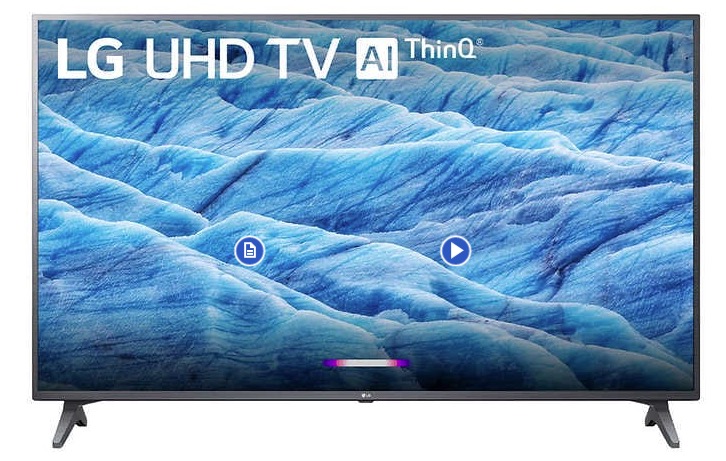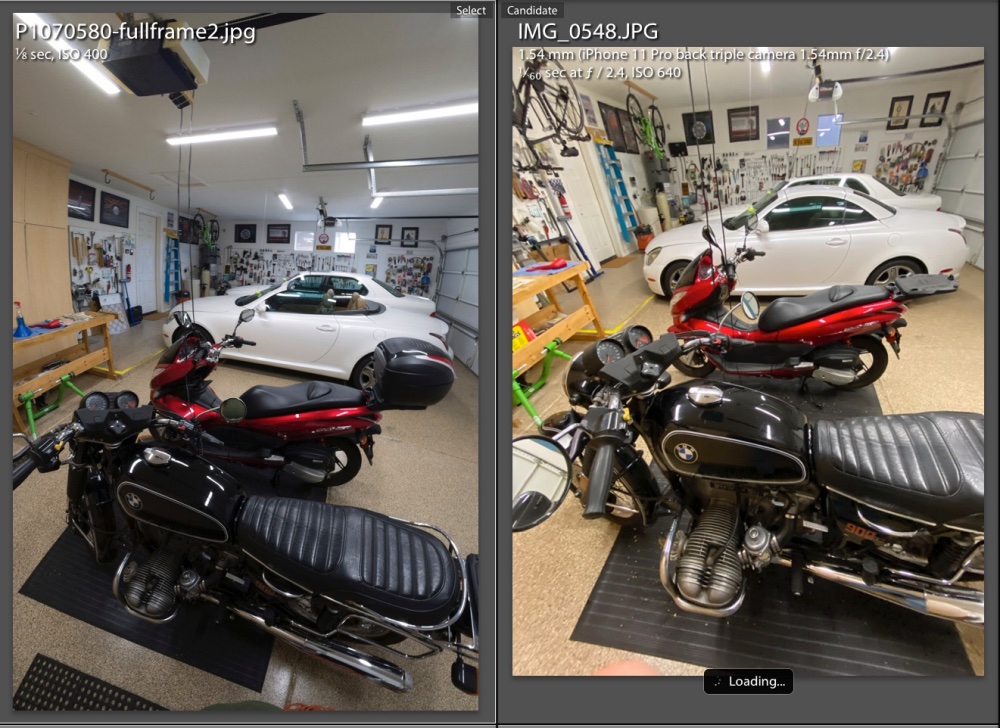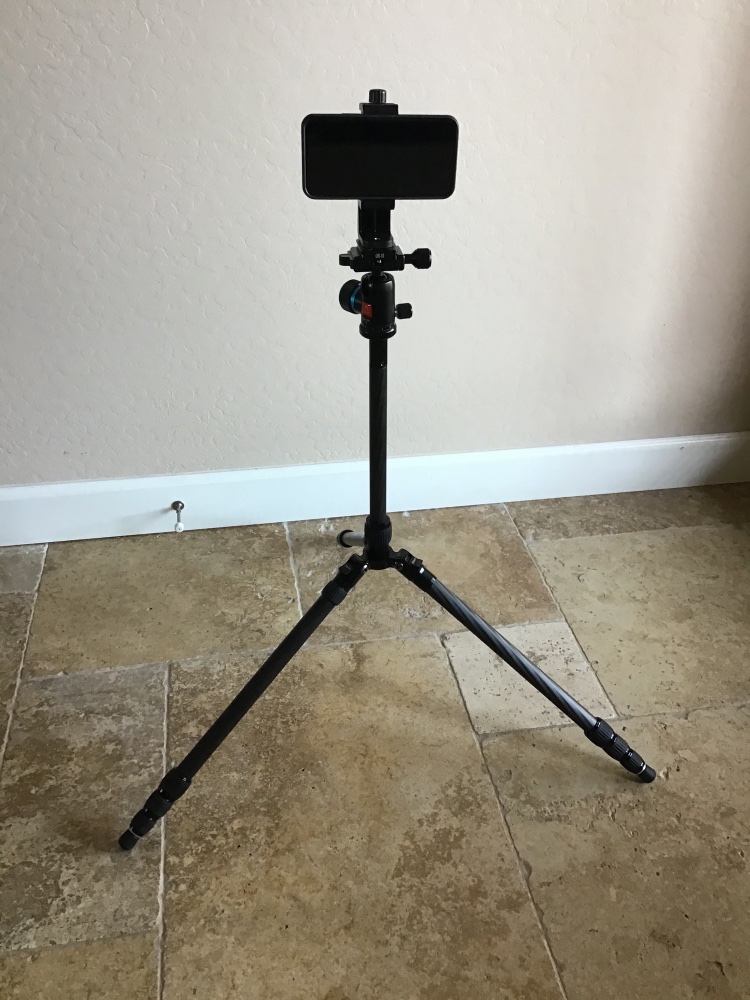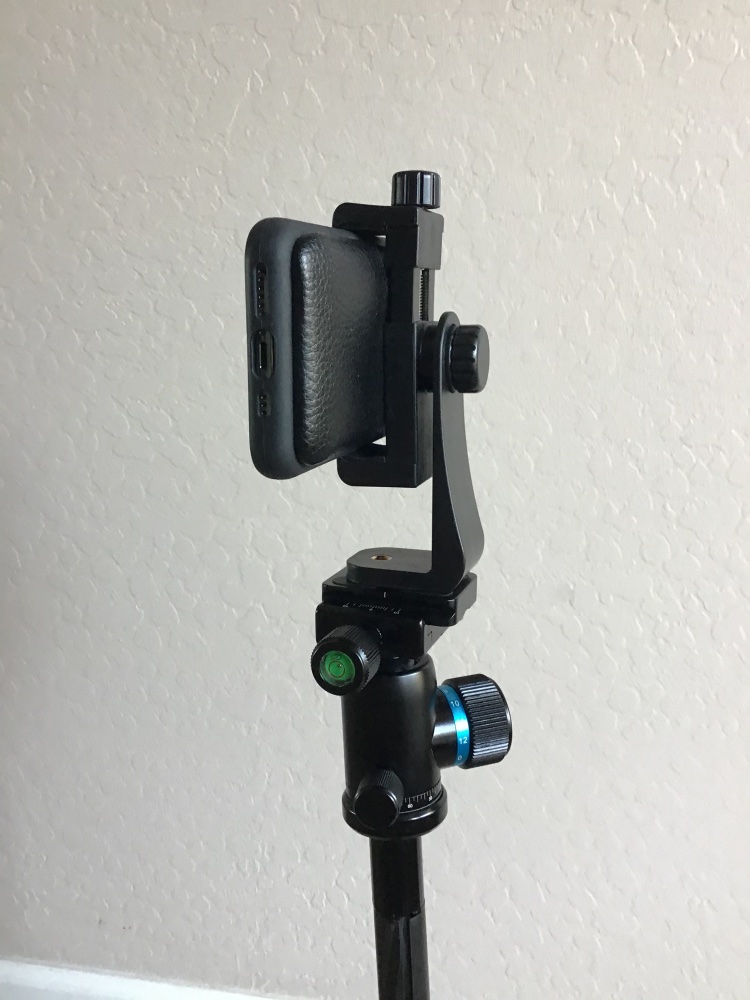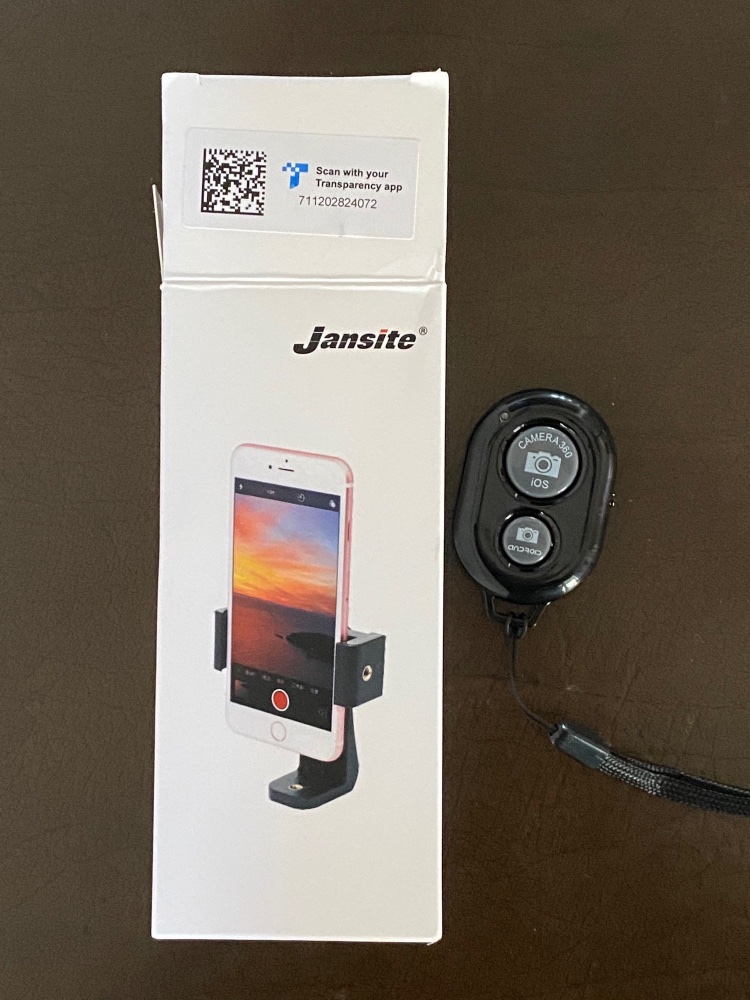Race movie, sort of.
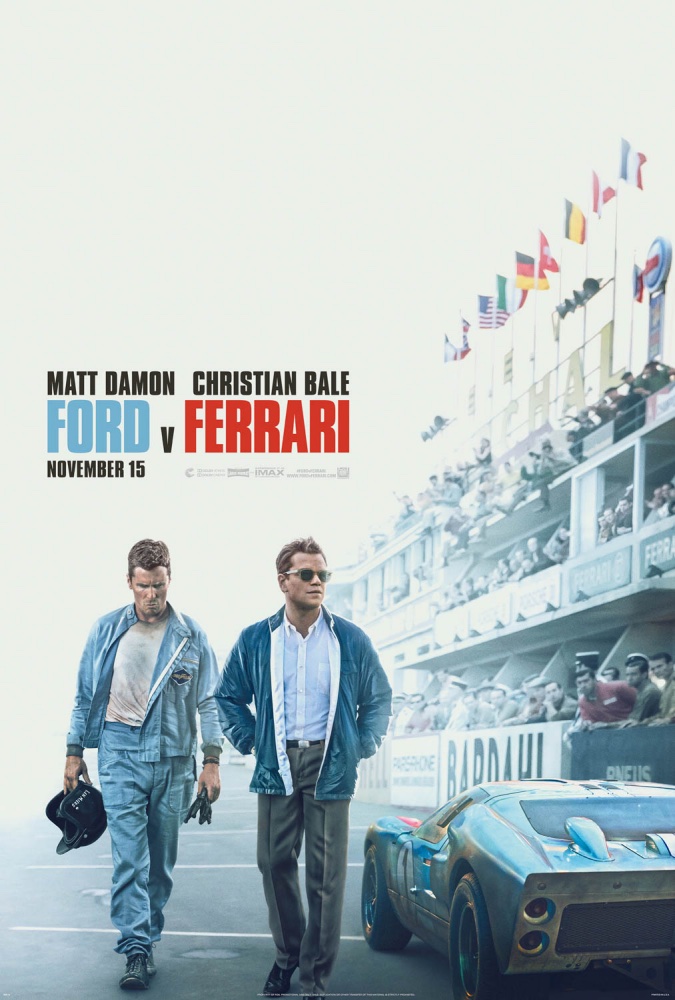
The insipid poster for the movie.
The early 1960s long distance racing scene was dominated by Ferrari’s wonderful 4 liter mid-engined V12 motor. A small, high revving engineering masterpiece it was set in bodies that only the descendants of Michelangelo could create. It won everything in sight.
However, during the early part of the decade, a drunken philanderer who had chosen his parents well, one Henry Ford II, decided that “Win on Sunday, Sell on Monday” would work for the Ford Corporation and set to doing it the easy way. He would simply buy Ferrari and change the prancing horse on the hood to the familiar blue lozenge. No deal. The Commendatore was not about to yield his name to the crass vulgarian from across the pond.
So Ford had to make his own and did it the American way. He threw money at it. The car was large, the engine a crude, low revving 7 liter monster. A few million dollars later all Henry II had to show for the almighty American dollar was a bunch of egg on his face. The cars failed for every reason known – blown brakes, a gearbox made of cheese, awful aerodynamics and even overheating monster motors. The drivers needed work, too. Then Ford chanced on the greatest development engineer and driver of the decade, the Englishman Ken Miles, and the car started to take race shape. After more millions the Ford GT40s came in, line astern, at the 1966 Le Mans race, 1-2-3, and kept winning through 1969 when Porsche finally decided to show them what is what and who is who. Miles never won the Le Mans race and the movie goes on and on about how he was ‘robbed’ by the suits from Detroit who wanted a Real American at the wheel, which is ridiculous when you realize the winning car was driven by an Aussie and a Kiwi. The line astern stunt relegated him to second, for he had traveled a few yards less than the ‘winner’, though he was the fastest driver by a country mile (actually 3 miles as he was a lap ahead before being ordered to slow down). Vive La France!
The movie commits the usual Hollywood faux pas of trying to interject family relationships into car racing. Do we really care that Miles’s wife was a shrew from the Midlands? Or do we want to see cars racing? And that’s what makes this a far weaker racing movie than Steve McQueen’s ‘Le Mans’ which documents the Porsche 917’s win at the 1970 race, driven by an Englishman and a German. The best thing about the new movie, as is the case whenever he stars in a film, is the Welshman Christian Bale, doing a great Birmingham accent. The worst is Matt Damon, if you even notice his mechanical acting, that is. A truly underwhelming, if bankable, ‘star’.
The McQueen movie failed as there was insufficient audience for what is a pure racing movie, the best ever. Ford vs. Ferrari will fail because of awful marketing and a poorly developed script. And, well, it was so long ago who cares? This is, after all, the land of short attention spans.
But for the true motorhead it’s worth catching. Just try to do so at an IMAX theater for maximum visual and aural effect and close your eyes and ears when the shrew is on the screen.
